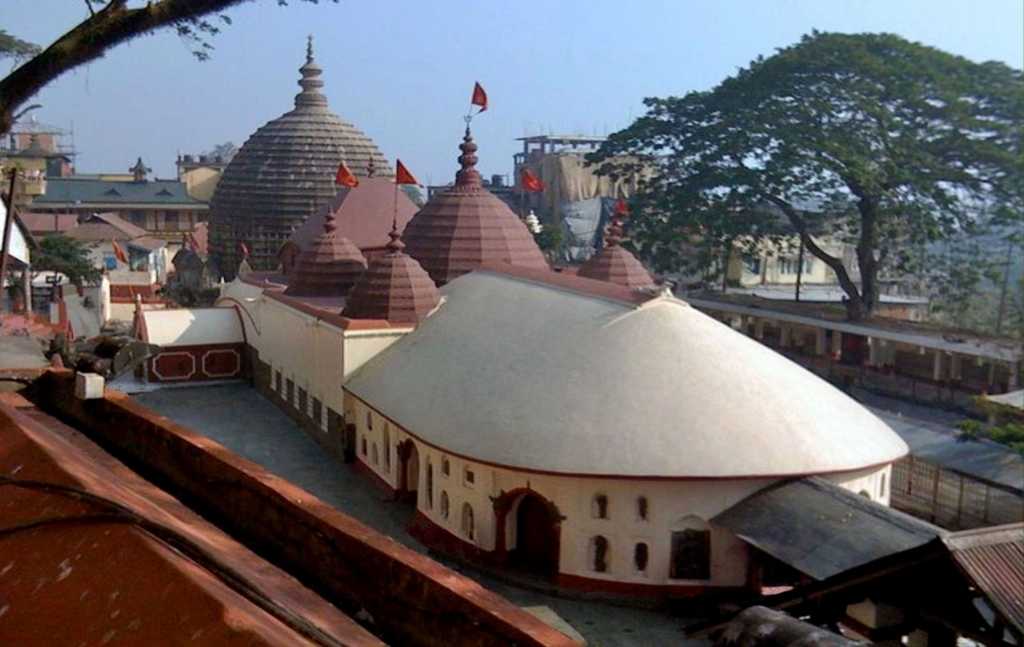Here, a definition of “India” is essential; and India needs to be seen in terms of a civilizational nation. Meaning, that the civilization from Kashmir to Kanyakumari and Balochistan to Burma is the same. There are other civilizational countries as well – primary among them are China and Japan.
Politically, Assam has been united with India perhaps only since the advent of the British and the treaty of Yandaboo of 1826. But by that definition political unification of even the rest of India has happened only during the reigns of Chandragupta, Ashok, Allaudin Khilji and Aurangzeb.
Does that negate the cultural oneness of this land? Once we understand that the European model is not the only one to look at history with, we can see the difference. They have always identified themselves with narrow definitions of French, German, English, Danish etcetera – even today there is no overarching European identity as such. Not so with India.
So coming to Assam, the region is most definitely mentioned in Mahabharat. Bhagadutta, who fought on the side of the Kauravas is from Assam. Other characters like Rukmini, Chitrangada, Ghatotkach etcetera are also associated with the North East. The Kacharis, who ruled Dimapur, even today, show tall carved stones as ‘dice Kauravas and Pandavas played with’. Now I am not going to ascertain whether those were the dice, but the point is that the Mahabharat is deeply ingrained in Assam.
We have the Shaktipeeth at Kamakhya. The various Shaktipeeth, like the Jyotirling are a good indication of the notion of “rashtra” as seen by ancient people. These Shaktipeeth are definite.
Hingalaj Mata in Balochistan represents the head and only that represents the head. 50 other peeths don’t get up and stake claim to it. Similarly, the Yoni is represented by Kamakhya. Thus, we can see that the second link of Northeast to mainland India is the Shaktipeeth.
Then we have various dynasties such the Salstambh etcetera, all Hindu, ruling over Assam.
In the 15th century, we have Chilarai or Sukhladhwaj, who united many across Assam, gave refuge to Shrimant Shankaradev and rebuilt the Kamakhya temple destroyed by Hussain Shah. The Yogini Tantra was also composed in Assam.
From 1228 onwards we have the Ahoms, who ruled over Assam, patronized the temples and fought off the Mughals. Slowly but surely, they integrated themselves more and more with the Hindu majority they were ruling. They represented a culture diametrically opposite to the Turks, Persians and Uzbeks ruling most of India at the time. Although migrants, the Tai Ahom adopted and enriched the local culture. They did not try to trample and eliminate it. Thus, their ethoses were entirely “Indian”.
In the 18th century, we have Rudra Singha, who patronized Hindu religion and Sanskrit. He built many temples, tanks and such related infrastructure. Joisagar tank is among the biggest in India even today. He even sent scholars to Varanasi for studying and wanted to extend his empire at least to the banks of the Ganges.
Even in 1857, when the whole of Hindustan had been engulfed by the War of Independence, Maniram Dewan was inspired by the events to carry out an identical uprising against the British in Assam too.
Thus, we see that politically Northeast might be a part of India only since 1826, but culturally it has been united with India since centuries and millennia past. This view should be known and become popular.
